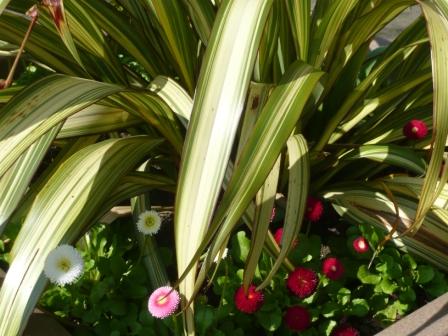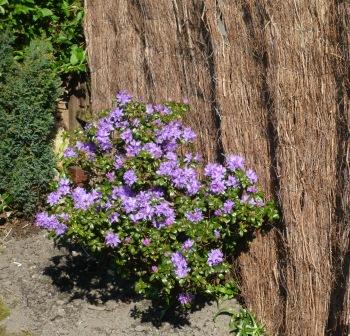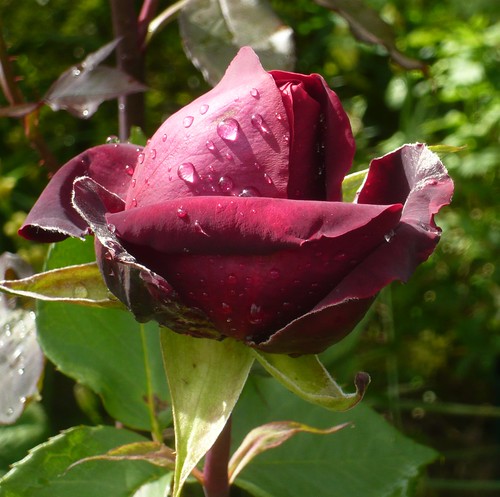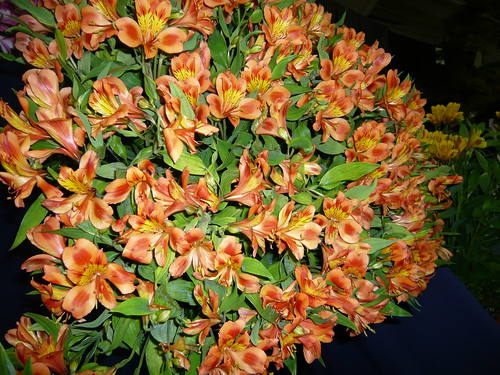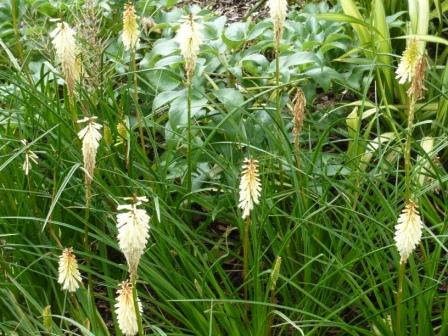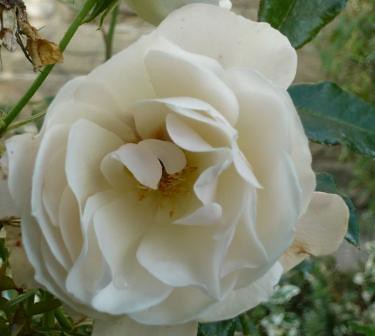Plants for Carpet Bedding
Don’t try this at home unless you have infinite patience.
Carpet Bedding needs a lot of Plants
Sedums make good carpet bedding plants including varieties like, Sedum spathulifolium ‘Cape Blanco’ and ‘Purpureum’, Sedum pachyphyllum roseum & album and the less hardy Sedum stahlii
Sempervivum are also most useful and can knoitt together with sedums to good effect. Try using Sempervivum tectorum, Sempervivum stansfieldii or Sempervivum arlanticum.
Echeverias are arguably the most attractive of all succulents, highly valued for their stunning leaf colour and variation. Echeveria pulvinata, elegans, setosa, agavoides, harmsii, secunda glauca and Echeveria subsessilis are worth seeking out.
Apart from succulents other popular plants include Alternathera, Ajuga reptans, Tanacetum parthenium ‘Golden Moss’ and Sagina pilifera.
…

